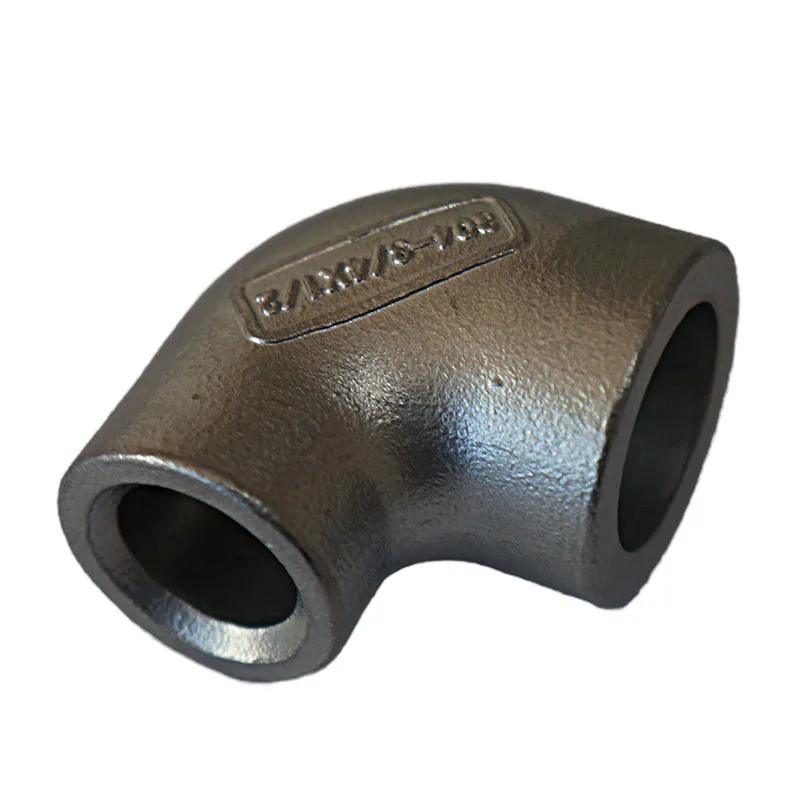Advancements in Prototype Zinc Die Casting Techniques for Enhanced Efficiency and Quality
Exploring the Advantages of Prototype Zinc Die Casting
In the realm of manufacturing, various techniques exist to create prototypes that meet both functional and aesthetic requirements. Among these techniques, zinc die casting stands out for its unique properties and advantages, particularly when it comes to prototyping. This article delves into the significance of prototype zinc die casting, its benefits, applications, and why it is a favored choice among manufacturers.
What is Zinc Die Casting?
Zinc die casting is a process that involves injecting molten zinc into a mold cavity under high pressure. This technique is particularly beneficial for creating complex shapes with tight tolerances and excellent surface finishes. Due to its high fluidity, zinc allows for the creation of intricate designs that would be challenging to achieve with other metals. Additionally, zinc die casting contributes to enhanced durability and resistance to corrosion, making it an excellent choice for various applications.
Advantages of Prototype Zinc Die Casting
1. Precision and Quality One of the most significant advantages of zinc die casting is its ability to produce highly detailed and precise components. The process results in minimal machining needs, which not only saves time but also reduces overall costs. Prototypes created through this method can closely resemble the final product, which is crucial for validation and testing.
2. Rapid Production In the fast-paced world of product development, the ability to create prototypes quickly is essential. Zinc die casting allows for rapid tooling and production, meaning manufacturers can turn around prototypes in a matter of days. This speed facilitates quicker iterations and adjustments based on testing and feedback, enabling developers to refine their designs efficiently.
3. Cost-Effectiveness While the initial investment for die casting tools may be higher compared to other methods, the longevity and reusability of the molds offset these costs over time. For large production runs, the cost per unit decreases significantly, making it a cost-effective choice for both prototyping and mass production.
4. Material Properties Zinc alloys are known for their excellent mechanical properties and resistance to corrosion, which is especially beneficial for components expected to face challenging environmental conditions. This characteristic assures manufacturers that prototypes made from zinc will perform reliably in real-world applications.
prototype zinc die casting

5. Versatility in Design Zinc die casting allows for a wide range of design options. Thin walls, hollow sections, and complex geometries can be easily achieved, giving designers the freedom to innovate. This versatility means that prototypes can be tailored to specific needs without sacrificing structural integrity.
Applications of Prototype Zinc Die Casting
Prototype zinc die casting finds application in various industries, each benefiting from its unique attributes.
- Automotive Industry Prototypes for automotive components, such as housings, brackets, and connectors, can be effectively produced using zinc die casting. The durability and lightweight nature of zinc make it an ideal material for automotive applications.
- Electronics In the electronics industry, zinc die casting is used to create components like housings for devices, ensuring both aesthetic appeal and functional reliability. The shielding properties of zinc also help protect sensitive electronic parts from interference.
- Consumer Products Many consumer goods, from appliances to decorative items, feature components made through zinc die casting. The ability to create intricate designs with high-quality finishes is crucial in this market.
Conclusion
Prototype zinc die casting is a powerful technique that offers a range of advantages for manufacturers looking to create high-quality prototypes quickly and cost-effectively. Its precision, rapid production capabilities, and exceptional material properties make it an invaluable tool in various industries, from automotive to electronics and beyond. As companies strive to bring innovative products to market in increasingly shorter timelines, zinc die casting will continue to play a vital role in the prototyping process, helping to shape the future of manufacturing.
-
Precision Casting AI Solution with GPT-4-Turbo | Optimized QualityNewsAug.02,2025
-
Precision Sheet Metal Stamping Manufacturer | Fast & ReliableNewsAug.01,2025
-
OEM Sand Cast Pump Valve Fittings - Baoding Hairun Machinery And Equipment Trading Co., Ltd.NewsAug.01,2025
-
Custom OEM Impellers | High Efficiency & PrecisionNewsAug.01,2025
-
OEM Sand Cast Pump Valve Fittings - Baoding Hairun Machinery | Customization, Quality AssuranceNewsAug.01,2025
-
OEM Sand Cast Pump Valve Fittings - Baoding Hairun Machinery And Equipment Trading Co., Ltd.NewsAug.01,2025















